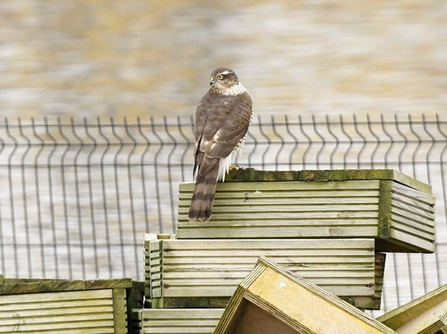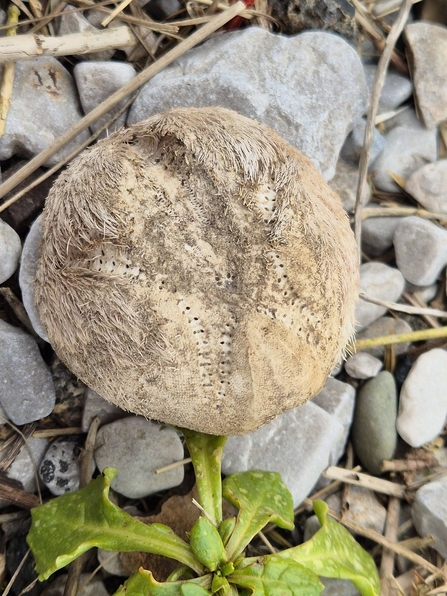Who said January was a quiet month? Visitors to our reserves have enjoyed diverse wildlife sightings throughout last month, including roe deer, stonechats, otters and wild rabbits.
Take a look at some of the stunning photos from January.
Who said January was a quiet month? Visitors to our reserves have enjoyed diverse wildlife sightings throughout last month, including roe deer, stonechats, otters and wild rabbits.
Take a look at some of the stunning photos from January.
This photo of a sparrowhawk was taken by Tom McKibbin at our Seaforth nature Reserve.
Sparrowhawks are our smallest bird of prey.
Female sparrowhawks can be up to 25% larger than males - the biggest size difference in any bird.
This sparrowhawk was likely scanning for its dinner of small bird species like finches, sparrows and tits.

Sparrowhawk at Seaforth Nature reserve. Credit Tom McKibbin
Roe Deer
A roe deer is always a magical sight, due to their flighty nature. Richard Plimley was quick enough to photograph this beautiful roe deer at Lunt Meadows Nature reserve in January.
Roe deer mating season occurs in July and August, but females delay implantation of the fertilised egg until January of the following year, so that the young are not born during the harsh winter months!

Roe Deer at Lunt Meadows. Credit Richard Plimley
Sea potatoes are an urchin that live in sand burrows. They are covered in beige spines, which give them a furry appearance and have tube ‘feet’ that they use to feed on dead animals and plants. Their empty shells are washed up on the beach and have a white, brittle appearance. Janet Packham found a fully intact sea potato shell at Heysham on her regular visit.
They're a common but delightful find.

Sea potato at Heysham. Credit Janet Packham
Smaller than a robin and known for it's distinctive call, stonechats sound like two stones clinking together!
This cheeky little chap was spotted in Heysham perched on the rocks.
A tiny little bird, the goldcrest is olive-green above, buff-white below, with a double white wingbar. The male has a bright orange crown, edged with black; while the female has a yellow crown.
Janet has perfectly captured the goldcrests' colourings and head markings in her photos on a clear day out with her camera at Heysham.
Also spotted at Heysham last month were wild rabbits!
A sure sign of warmer climes to come as these bounding bunnies search for food and playmates.
The rabbit is grey-brown in colour, with long ears and hind legs, and a fluffy white tail. It is smaller than the brown hare and does not have black tips on its ears.
We love seeing our little egrets at Brockholes. Ilse's imagery shared this striking photo of a little egret stalking along at our flagship nature reserve after her visit in January. She also spotted a roe deer!
The little egret is a small, white heron that feeds on small fish and crustaceans. Once a very rare visitor from the Mediterranean, little egrets are now a common sight around the coasts of southern England and Wales as they expand their range, possibly due to increasing temperatures caused by climate change.
Have you seen some wonderful wildlife at one of reserves recently? Share with us on Facebook, X or Instagram!
Don't have social media? You can email your snaps to us at comms@lancswt.org.uk.
Alternatively, you might want to submit to our photography competition